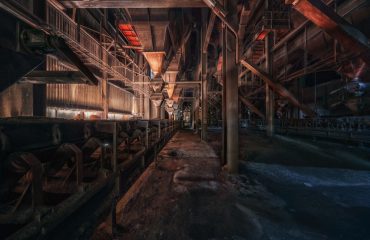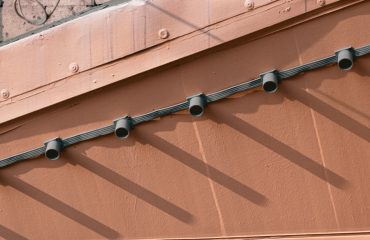High-pressure piping systems are essential components in numerous industries, from oil and gas to chemical processing and power generation. However, the inherent risks associated with high-pressure systems demand meticulous attention to safety. A failure in a high-pressure pipe can lead to catastrophic consequences, including injury, environmental damage, and significant financial losses. This guide delves into the critical aspects of ensuring the safe operation of high-pressure piping systems.
1. Material Selection: The Foundation of High-Pressure Pipe Safety
The choice of pipe material is paramount. The material must possess the necessary strength, ductility, and corrosion resistance to withstand the operating pressure, temperature, and the nature of the fluid being transported. Common materials include carbon steel, stainless steel, alloy steel, and various plastics (depending on the application and pressure). Each material has its own limitations and suitability for specific applications. Factors to consider include:
- Yield Strength: The material’s resistance to permanent deformation under stress.
- Tensile Strength: The maximum stress a material can withstand before breaking.
- Corrosion Resistance: The material’s ability to resist degradation from the transported fluid or the environment.
- Temperature Resistance: The material’s ability to maintain its properties at elevated temperatures.
- Weldability: The ease with which the material can be joined using welding techniques.
Careful material selection, based on detailed engineering calculations and industry standards, is crucial to prevent failures due to material inadequacy.
2. Regular Inspection and Maintenance: Preventing Catastrophic Failures
Regular inspection and maintenance are vital for identifying potential problems before they escalate into failures. This includes visual inspections to check for corrosion, leaks, dents, or other signs of damage. More advanced techniques, such as ultrasonic testing (UT), radiographic testing (RT), and magnetic particle inspection (MPI), can detect internal flaws that are not visible to the naked eye. The frequency of inspections depends on several factors, including the operating pressure, age of the pipe, material type, and the nature of the transported fluid. A well-defined inspection and maintenance program, adhering to industry best practices and regulatory requirements, is essential.
3. Pressure Testing: Validating System Integrity
Pressure testing is a crucial step in verifying the integrity of high-pressure piping systems. This involves subjecting the system to a pressure exceeding the maximum operating pressure to identify any weaknesses or leaks. The test pressure and duration are determined based on design specifications and industry standards. Different testing methods exist, including hydrostatic testing (using water) and pneumatic testing (using air or gas). Hydrostatic testing is generally preferred due to its safety and the ease of detecting leaks. Accurate pressure gauges and monitoring equipment are essential for ensuring the safety and reliability of the pressure test.
4. Emergency Procedures and Response: Minimizing the Impact of Failures
Despite meticulous planning and maintenance, failures can still occur. Having well-defined emergency procedures and a trained response team is crucial for minimizing the impact of such events. This includes procedures for isolating the affected section of the pipeline, shutting down the system, evacuating personnel, and contacting emergency services. Regular drills and training exercises are essential to ensure that personnel are prepared to respond effectively in the event of an emergency. Emergency shut-off valves should be readily accessible and clearly marked. A comprehensive emergency response plan should be developed and regularly reviewed.
5. Regulatory Compliance and Industry Standards: Adhering to Best Practices
Operating high-pressure piping systems requires strict adherence to relevant regulations and industry standards. These standards provide guidelines for design, construction, inspection, testing, and operation of high-pressure systems. Compliance with these standards is crucial for ensuring safety and avoiding legal liabilities. Familiarizing oneself with the applicable codes and standards, such as ASME B31.1, ASME B31.3, and API 510, is essential for anyone involved in the design, construction, or operation of high-pressure piping systems. Regular audits and inspections by regulatory bodies are common to ensure ongoing compliance.
In conclusion, the safe operation of high-pressure piping systems requires a multi-faceted approach encompassing careful material selection, rigorous inspection and maintenance, thorough pressure testing, well-defined emergency procedures, and strict adherence to regulatory compliance. By prioritizing safety and investing in appropriate measures, organizations can significantly reduce the risks associated with high-pressure piping and protect their personnel, assets, and the environment.
Tags: high-pressure pipe safety, pipe inspection, pressure testing, pipeline safety regulations, industrial safety




